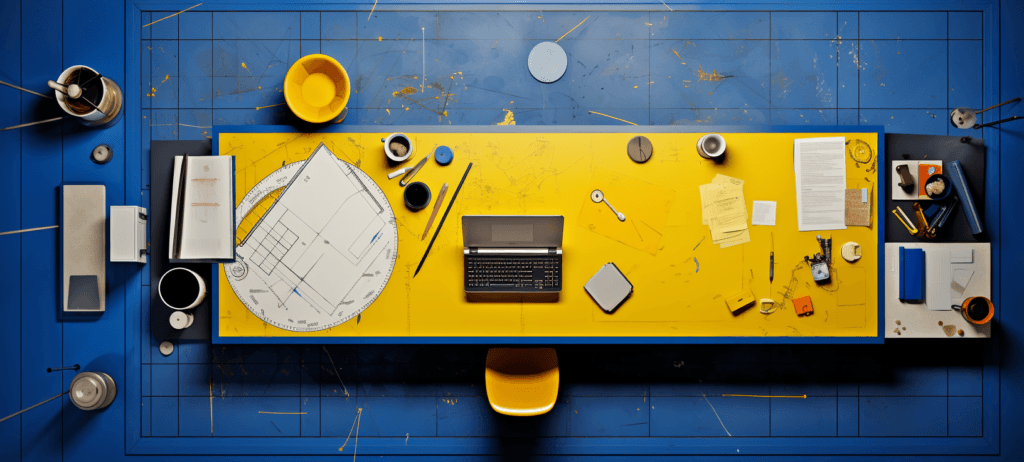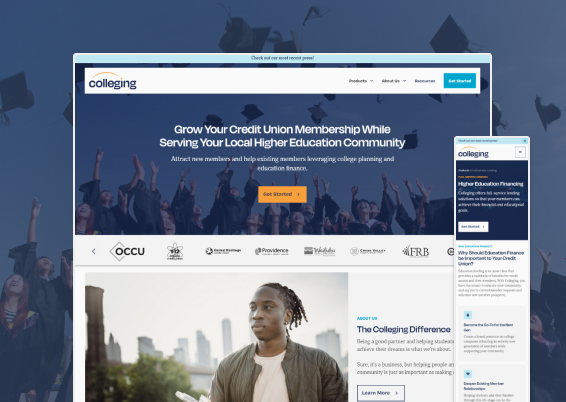The Ultimate Guide to Building a Powerful Website Design
The Ultimate Guide to Building a Powerful Website Design
Blog Article
The Ultimate Overview to Modern Site Design Trends
In the ever-evolving electronic landscape, contemporary site layout patterns play an important function in forming individual experience and engagement. From the increase of minimal layout principles that prioritize simpleness to the influence of bold typography in defining brand identification, each component contributes to a natural on the internet presence.
Minimalist Layout Principles
Minimal layout concepts stress the idea that less is more, supporting for simpleness and capability in aesthetic interaction. This method strips away unneeded aspects, focusing rather on important parts that communicate the intended message efficiently. By focusing on clarity, minimalist layout improves user experience, permitting visitors to navigate internet sites easily.
Core tenets of minimalist style include making use of ample white area, which produces a feeling of equilibrium and organization. This negative room not only routes the customer's interest to crucial elements however additionally fosters a soothing visual ambience. Furthermore, a limited shade combination is frequently utilized, making use of soft tones or monochromatic schemes to keep aesthetic cohesion and avoid overwhelming the user.
Typography plays an important function in minimalist design, where understandable typefaces are chosen for their simplicity and performance in interacting material. Ultimately, minimal layout concepts grow a focused environment that motivates users to involve with the web content, enhancing the general performance of modern internet site style.
Vibrant Typography Choices
Embracing strong typography choices has actually become a specifying quality of modern web site style, as it efficiently catches focus and conveys solid messaging. Designers are progressively utilizing typography not simply as a useful component yet as a key aesthetic part that enhances the overall visual and customer experience.

Additionally, the juxtaposition of strong typography with minimal layout principles enables striking contrasts, boosting readability while keeping visual charm. Making use of whitespace around bold text further highlights its importance, making certain that the message resonates with the audience.
As digital landscapes end up being extra competitive, leveraging strong typography allows brands to distinguish themselves and leave a long lasting impact. The careful option of fonts and their application can evoke emotions, establish tone, and drive activity, making vibrant typography a vital device in modern-day internet site style. Ultimately, it is an effective method to enhance narration and guarantee that crucial messages are not only seen but also felt.
Responsive and Mobile-first Style
Mobile-first and responsive design has become an essential principle in contemporary internet site development, mirroring the raising dependence on smart phones for accessing online web content. As individual behavior shifts towards mobile browsing, developers need to prioritize developing experiences that adjust perfectly across numerous display sizes and resolutions.
A responsive layout guarantees that a web site immediately adjusts its layout, photos, and functionality based on the device being made use of. This method boosts customer experience by giving constant navigation and readability, regardless of whether the visitor is on a desktop, tablet, or smart device find more info computer. Furthermore, mobile-first design supporters for creating sites initially for smaller sized displays, consequently scaling as much as larger screens. This strategy urges a more streamlined and reliable layout procedure, concentrating on vital web content and functionality first.
Implementing mobile-first and responsive principles not only deals with customer choices but likewise straightens with search engine optimization (SEARCH ENGINE OPTIMIZATION) practices. Major search engines, like Google, focus on mobile-friendly sites in their positions, making it vital for services to embrace these style techniques. In a competitive digital landscape, embracing mobile-first and receptive design is not just an alternative; it is vital for ensuring availability and engagement with a diverse target market.
Involving Microinteractions
Microinteractions play an essential function in improving individual involvement and total web site experience, especially in the context of mobile-first and receptive design. These subtle design aspects give prompt responses to customers, making interactions much more enjoyable and intuitive. Instances include switch computer animations, notification alerts, and loading indications, which not only guide users but likewise create a feeling of link with the interface.
Integrating engaging microinteractions can significantly enhance usability by decreasing cognitive load. When individuals obtain auditory or aesthetic comments upon executing activities, such as clicking a switch or sending a form, they really feel extra certain in their options. This promotes a smoother navigation experience, ultimately raising customer retention.

As internet site layout fads remain to evolve, the importance of microinteractions can not be overemphasized. They offer as the subtle yet effective touchpoints that transform average interactions into phenomenal experiences, therefore boosting the general effectiveness of contemporary website design.
Lasting Internet Layout Practices
Sustainable web layout methods are becoming progressively important as the electronic landscape grows and environmental issues climb. Designers and designers are recognizing their responsibility to develop web sites that not just offer individual needs however additionally lessen environmental impact. This strategy encompasses numerous vital methods.
To start with, maximizing energy intake is vital. Sites ought to be designed to pack promptly and successfully, which lowers web server energy usage and improves user experience. Techniques such as picture compression, decreasing HTTP requests, and utilizing modern-day coding practices contribute dramatically to this objective.
Second of all, selecting environment-friendly holding carriers is essential - website design. Numerous hosting firms are currently powered by renewable resource sources, enabling internet sites to run in an extra sustainable way. This choice mirrors a commitment to minimizing carbon footprints
Additionally, embracing a minimalist layout can boost sustainability. Fewer components on a page cause much less information transfer, which not just quickens packing times however additionally conserves sources.
Lastly, promoting electronic availability guarantees that web sites get to a broader target market without unnecessary bloat, lining up customer experience with environmental duty. By incorporating these lasting techniques, web designers can add favorably to both user interaction and the planet's well-being.
Conclusion
In recap, contemporary site style patterns highlight the assimilation of minimalist principles, strong typography, and receptive style to boost individual experience. Involving microinteractions add to remarkable interactions, while sustainable techniques support for eco mindful advancement. Jointly, these aspects not only elevate visual appeal however likewise enhance functionality, making sure that websites are both easy to use and visually striking. Adopting these fads is important for creating impactful electronic experiences that resonate with users in a progressively affordable on-line landscape.
In the ever-evolving electronic landscape, modern internet site layout fads play an important duty in shaping user experience and involvement. By prioritizing clarity, minimalist style improves individual experience, allowing site visitors to navigate sites effortlessly.
Inevitably, minimal style concepts grow a concentrated setting that urges customers to involve with the web content, enhancing the overall performance of modern web site design.Microinteractions play a more crucial role in enhancing customer interaction and total website experience, especially in the context of receptive and mobile-first style.In recap, contemporary website layout fads highlight the combination of minimalist principles, vibrant typography, and responsive design to boost user experience.
Report this page